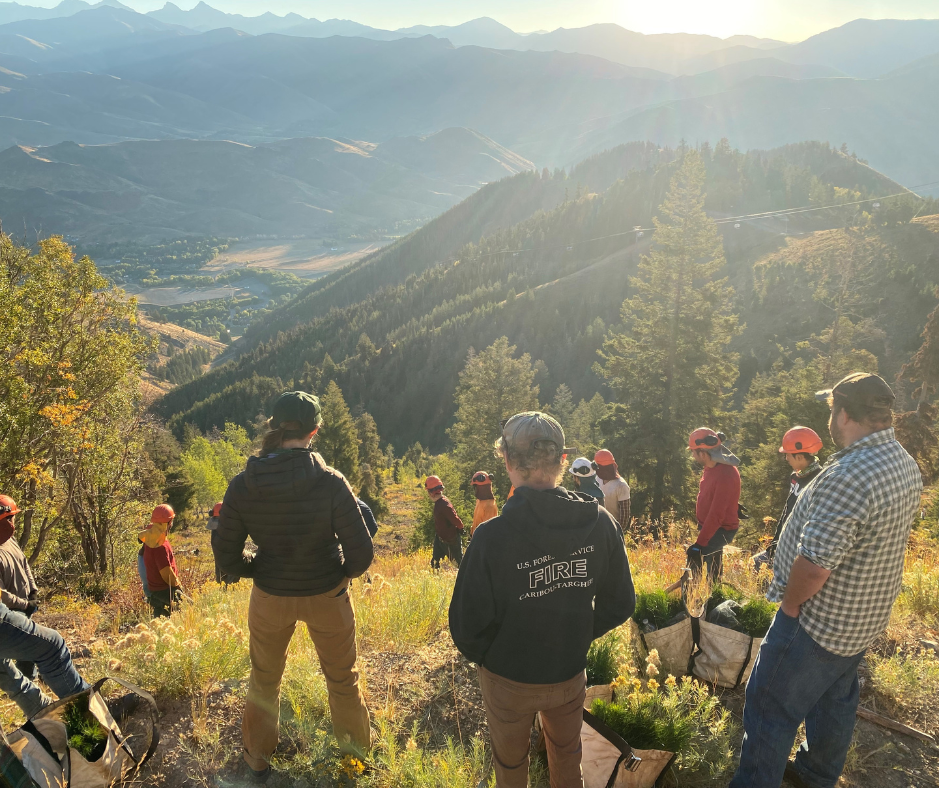After recent devastating forest fires to the Sawtooth National Recreation Area (SNRA), local U.S. Forest Service (USFS) foresters are laying out plans and putting down roots to restore our beloved natural spaces.
Critical Funding
Nelson Mills is a Shared Stewardship Forester for the Sawtooth Forest, and he is spearheading reforestation efforts in the SNRA. One of the primary reasons for the effort is the Replant Act of 2021, which has given the USFS millions of dollars for reforestation in areas where they previously wouldn’t have the funding. The effort is a much-needed response to the destructive wildfires that have occurred in recent years, which have left significant areas of forestland burnt and in need of reforestation.
The Plan
To assess the areas that require reforestation, Silviculture Forester Thomas Barnes created a mapping exercise that shows 22,000 acres in the SNRA that need reforestation due to fires over the last decade. The mapping activity will require 12 people to verify the area and will result in a reforestation assessment that takes into account tree seedlings per acre, the best sites for growing, and the species type.
Mills and his team are also making efforts in the Ross burn area, where 120 acres of tree planting will occur this fall. Located south of Smiley Creek between Smiley and Beaver Creek, the planting should result in 30,000 trees being planted. The survival rate for the trees is typically 60%, and it’s dependent on site selection. The primary species being planted will be Douglas fir, and the trees will be spaced 5-8 feet apart.
The Trees
Interestingly, Lodgepole pine, a common species in the area, generally self-spreads during fires. Lodgepole pine cones are serotinous, which means they’re closed tightly with resin that melts during fires and releases seeds that have been stored for years. The strategy of planting other species, such as Douglas fir, aims to create a more diverse forest ecosystem and reduce the potential for future catastrophic fires.
Mills and his team will also be looking at burn scar areas in the next few years, including Dry Creek (7,038 acres) and Halstead (122,000 acres). While these areas may take longer to reforest, the efforts of Mills and his team are an important step toward restoring the natural beauty and ecological integrity of the forest.
These areas are public, and people can still access them without harming the trees. To learn more about the USFS reforestation efforts click here.
Photo courtesy of Idaho USFS.




